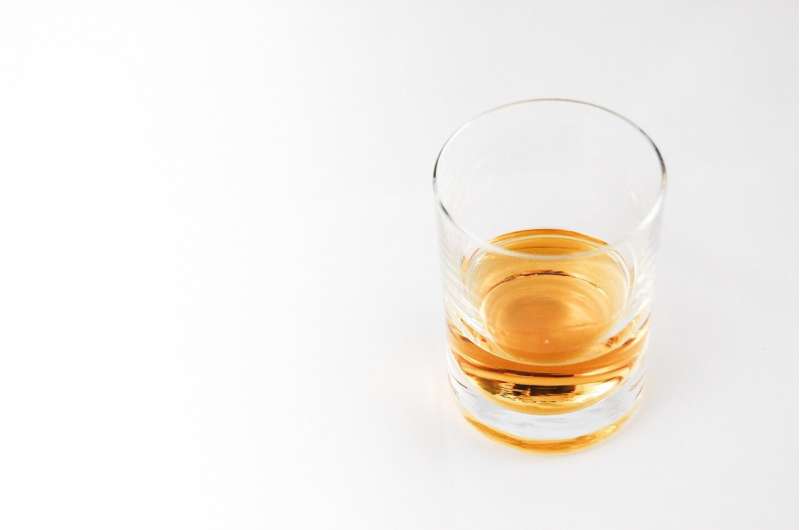This article has been reviewed according to Science X's editorial process and policies. Editors have highlighted the following attributes while ensuring the content's credibility:
fact-checked
peer-reviewed publication
trusted source
proofread
Alcohol harm reduction can also reduce other substance use

Quitting alcohol or drugs was not a top priority for people experiencing homelessness in a harm reduction treatment study, yet participants still reduced their use of both.
A different approach than traditional abstinence-based programs, harm reduction treatment for alcohol use disorder, also called HaRT-A, has patients set their own goals. In a study of 308 people experiencing homelessness, the participants receiving harm reduction treatment set goals of meeting basic needs and improving quality of life well above quitting alcohol and other substances.
Yet harm reduction treatment still led to more reduced use compared to a control group who received regular services. The findings are detailed in the Journal of Addiction Medicine.
"It's a good reminder that all people have the same basic goals: we all want to be safer, healthier and happier, and when we help people experiencing homelessness achieve those goals, they might end up doing the things that treatment providers want them to do anyway," said Susan Collins, a Washington State University psychology professor and the study's senior author. "They might end up cutting down their use; they might end up quitting, but it's on their own terms and their own timeline, so it's more sustainable."
Collins and first author Nicki Mostofi analyzed data from an earlier clinical study focused on harm reduction and alcohol use. That study involved people with alcohol use disorder from three Seattle homeless shelters who were divided into different groups: one received harm reduction treatment alone, another treatment with naltrexone which reduces alcohol cravings, and a third group had the treatment and a placebo. A fourth control group received traditional services.
That study found all three harm reduction treatment groups reduced their alcohol use with the biggest drop among the group that received treatment plus the anti-craving medication.
The researchers noted that about 80% of the participants reported polysubstance use, so they re-analyzed the data for the current study. They found that cannabis was the most common substance used outside of alcohol and tobacco. The participants also used a wide range of other substances including cocaine, methamphetamines, MDMA and barbiturates.
On follow up, participants in the harm reduction treatment groups used cannabis 41% fewer days in a 30-day period compared to the control group. Polysubstance use, defined for this study as any substance outside of tobacco used at the same time as alcohol, was also reduced with participants using two or more substances on 35% fewer days than the control group.
Polysubstance use is particularly concerning because it raises the chances of substance-related harm, including overdose, Collins said.
The analysis did not reveal any changes on individual substances other than cannabis, but each of those substances was used by a relatively small number of people.
Still, the findings show the potential of the harm reduction approach, the researchers said. They also point to the need for further investigation into the treatment as well as into polysubstance use, particularly among the homeless population.
"A lot of current studies focus on housed people because they are easier to follow up with, so that can erase the population of people who are experiencing homelessness. Then, treatment guidelines are formed that have none of their input," said Mostofi, a University of Washington medical student. "That's why this study is really important because what we found from working with this population in particular indicates that harm reduction treatment can have overall benefits on positively reshaping a person's substance use patterns."
More information: Nicole Mostofi et al, Impact of Harm Reduction Treatment with or without Pharmacotherapy on Polysubstance Use among People Experiencing Homelessness and Alcohol Use Disorder, Journal of Addiction Medicine (2023). DOI: 10.1097/ADM.0000000000001182





















